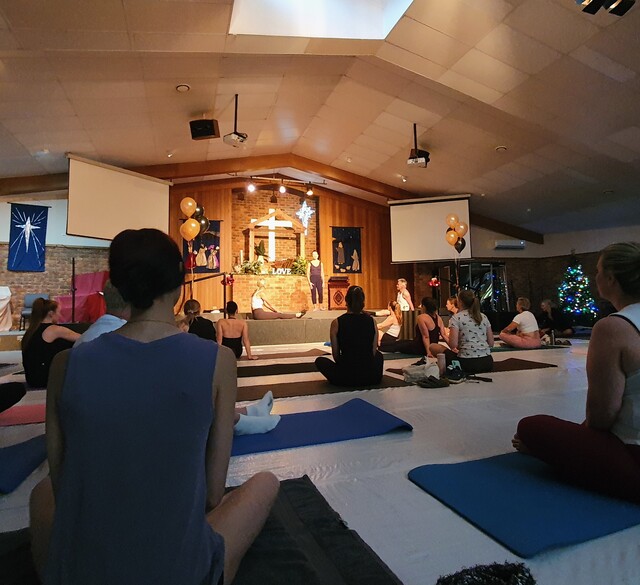By KATH GANNAWAY
AS Yarra Ranges residents dodge and swipe their way through what is reportedly the worst European wasp season in 20 years, Yarra Ranges Council is encouraging people to help eradicate the nests.
The wasps are in plague proportions throughout the shire with weather conditions providing the ideal breeding season.
Don Valley resident Rick Houlihan lost two sheep after they swallowed wasps, and was bitten 20 times himself when he inadvertently stepped on a vacant nest.
He said seeing the sheep die from being stung by wasps had been horrible.
“The wasps are attracted to the saliva around their mouths and they snap at them, the same as they do for flies,” said Mr Houlihan who has killed 15 nests on his and a neighbouring property in the last two weeks.
The problem for sheep, and potentially for any animal, is that the wasps, keep stinging if they are swallowed and can cause swelling that blocks the airways.
Shoppers in Healesville have also been under siege, according to Melanie Brown from Retpro who manages The Walk shopping centre.
Ms Brown said they called in pest controllers last week to deal with what was becoming an unbearable problem for shoppers, and particularly anyone stopping to enjoy a coffee in the outdoor eating area.
She said pods were installed to control the wasps until a nest was found in an adjoining vacant block and destroyed.
“It’s definitely alleviated the problem, but we’ve been told they can come from four kilometres away, so it still has the potential to be a major problem,” she said.
Director, Environment and Engineeering, Mark Varmalis, said the council had received 324 requests to remove nests over February and March, and that 312 nests had been destroyed as a result.
“Mild winter and summer weather conditions have caused an increase in wasps. This is a state-wide issues with many areas impacted,” he said.
While council has responsibility for nests on council-owned land, Mr Vermalis said nests on private property are the responsibility of the land owner.
He recommended that anyone who finds a nest contacts a pest control expert to assist with destroying it.
“If you are aware of a European wasp nest on your neighbour’s property, we encourage you to talk to your neighbour about taking action to destroy the nest,” he said.
“If you are unable to resolve the issues with your neighbour, you can report it to our Health Department, who will inspect the site and advise the land owner to destroy the nest.”
Museum Victoria records show that the European wasp first came to mainland Victoria in the late 1970s.
The bad news is that is has spread to most other states and, they say, it is here to stay.
“Eradication is no longer an option,” they say on their website.
The good news!
“Despite early reports labelling it as a “Killer Wasp”, no human deaths have been recorded in Australia.






